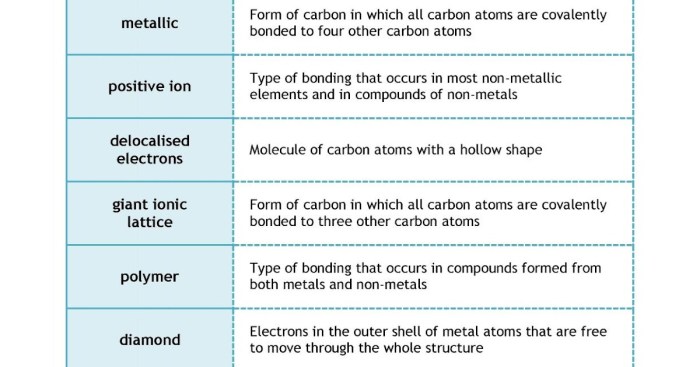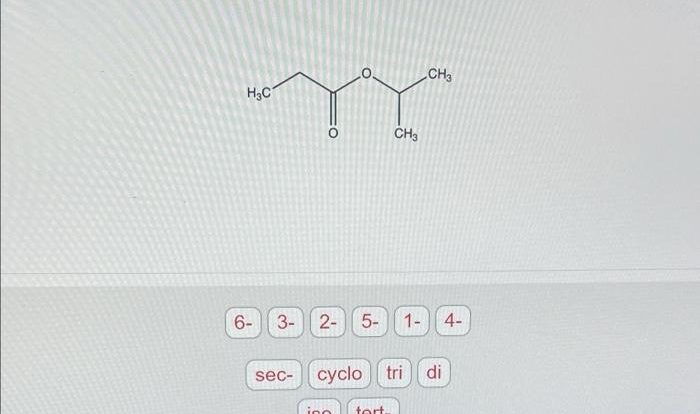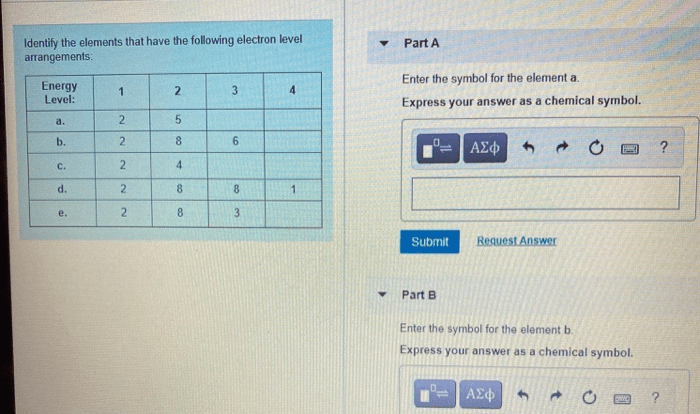Chapter 8 study guide covalent bonding – Chapter 8 Study Guide: Covalent Bonding embarks on an enlightening journey into the realm of chemical bonding, unraveling the intricacies of covalent bond formation and its profound implications in shaping molecular structures and properties.
Covalent bonding, a cornerstone of chemistry, involves the sharing of electron pairs between atoms, giving rise to a vast array of molecules that constitute the building blocks of our world. This guide delves into the fundamental concepts of covalent bonding, exploring the factors that govern bond formation, bond strength, and molecular geometry, equipping readers with a comprehensive understanding of this essential chemical phenomenon.
Covalent Bonding Basics: Chapter 8 Study Guide Covalent Bonding
Covalent bonding arises when atoms share electron pairs to attain a more stable electron configuration. These bonds form between nonmetal atoms, resulting in the creation of molecules. Atoms with similar electronegativities, a measure of their ability to attract electrons, tend to form covalent bonds.
Types of Atoms that Form Covalent Bonds
- Nonmetal atoms, such as hydrogen, oxygen, nitrogen, and carbon
Electron Sharing and Bond Formation
In covalent bonding, atoms share electrons to achieve a stable octet configuration, where each atom has eight valence electrons. This sharing creates electron pairs that are localized between the bonded atoms.
Types of Covalent Bonds
- Single bond: One electron pair shared between two atoms
- Double bond: Two electron pairs shared between two atoms
- Triple bond: Three electron pairs shared between two atoms
Bond Length and Bond Strength
Bond length refers to the distance between the nuclei of bonded atoms, while bond strength measures the energy required to break the bond. These properties are inversely related, with shorter bonds typically being stronger.
Factors Influencing Bond Length and Strength
- Number of shared electron pairs
- Electronegativity difference between atoms
- Atomic radii
| Bond Type | Bond Length (Å) | Bond Strength (kJ/mol) |
|---|---|---|
| C-C (single) | 1.54 | 348 |
| C=C (double) | 1.34 | 614 |
| C≡C (triple) | 1.20 | 839 |
Molecular Geometry and Hybridization
Molecular geometry describes the three-dimensional arrangement of atoms in a molecule. Hybridization, the mixing of atomic orbitals to form new hybrid orbitals, plays a crucial role in determining molecular geometry.
Examples of Molecular Geometries and Hybridization Types, Chapter 8 study guide covalent bonding
- Tetrahedral (sp 3hybridization): CH 4
- Trigonal planar (sp 2hybridization): BF 3
- Linear (sp hybridization): BeCl 2
Polarity and Electronegativity

Polarity in covalent bonds arises due to differences in electronegativity between bonded atoms. Electronegativity measures the ability of an atom to attract electrons.
Examples of Polar and Nonpolar Covalent Bonds
- Polar covalent bond: HCl (electronegativity difference: 0.9)
- Nonpolar covalent bond: H 2(electronegativity difference: 0)
Resonance and Delocalization
Resonance occurs when a molecule can be represented by multiple valid Lewis structures, implying that the electrons are delocalized over several atoms.
Conditions for Resonance
- The molecule must have alternating single and double (or triple) bonds.
- The atoms involved in resonance must be in a planar arrangement.
Examples of Molecules that Exhibit Resonance
- Benzene (C 6H 6)
- Ozone (O 3)
Helpful Answers
What is covalent bonding?
Covalent bonding is a type of chemical bond formed when atoms share electron pairs, creating a stable and mutually attractive force that holds the atoms together.
What factors influence bond length and bond strength?
Bond length and bond strength are influenced by factors such as the number of shared electron pairs, the electronegativity of the bonded atoms, and the size of the atoms involved.
What is molecular geometry?
Molecular geometry refers to the three-dimensional arrangement of atoms within a molecule, which is determined by the hybridization of atomic orbitals and the number of electron pairs surrounding the central atom.

